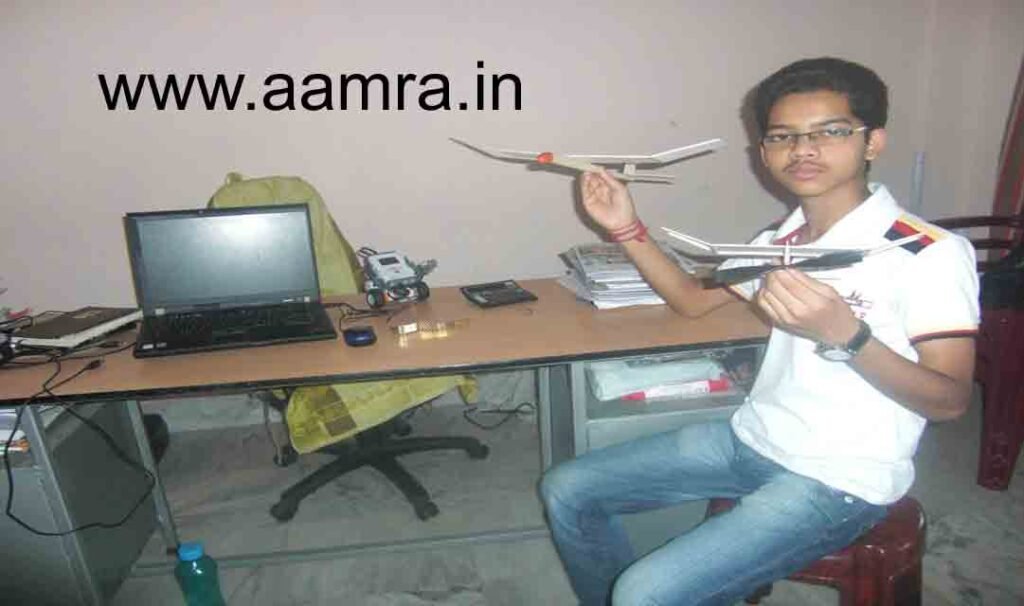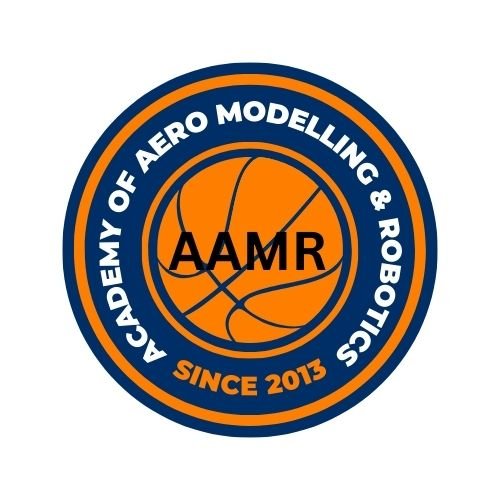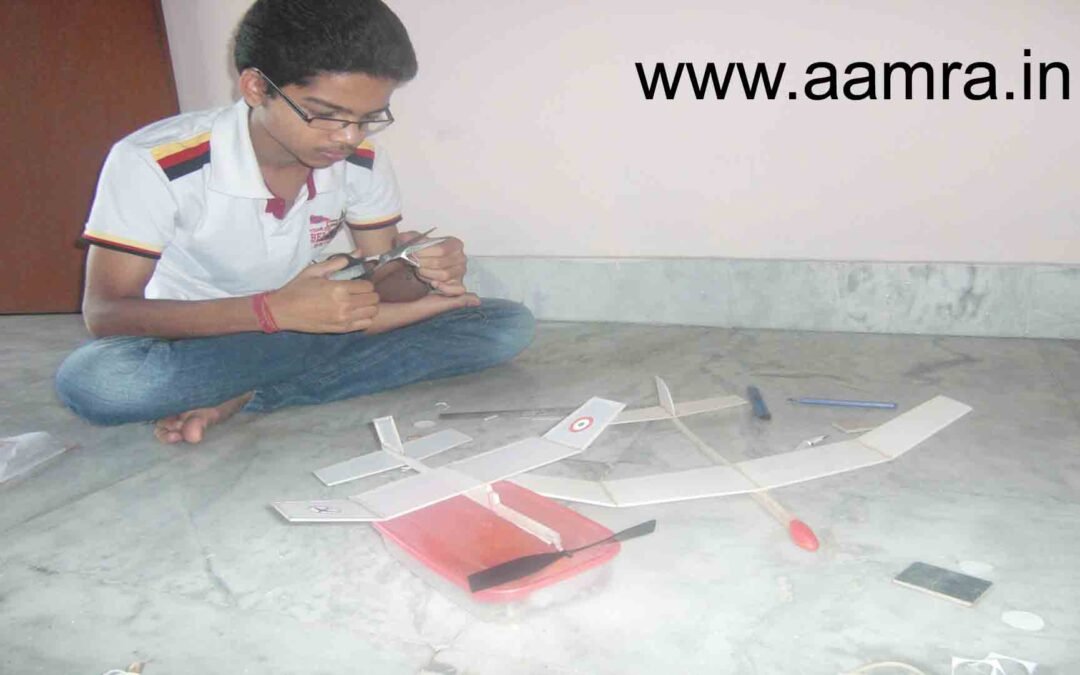Aeromodelling! The art of designing, building, and flying miniature aircraft models, and is more than just a captivating hobby. It’s a creative journey that imparts invaluable life skills to high school students, equipping them with a world of challenges and opportunities.
As young minds venture into the captivating realm of aeromodelling, they unlock a treasure trove of cognitive, motor, and interpersonal proficiencies that transcend traditional classroom learning.
This article unveils the wonders of aeromodelling and explores how it transforms budding learners into confident, skilled individuals ready to soar.
The Fascinating World of Aeromodelling
Delving into the history and origins of aeromodelling is like embarking on an exhilarating flight through time. From its early roots in Leonardo da Vinci’s imaginative sketches to the contemporary marvels of remote-controlled drones, the evolution of aeromodelling is a testament to human ingenuity and persistence.
However, various types of aero models (model aircraft) cater to diverse interests and skills, ranging from fixed-wing models that mimic conventional airplanes to rotary-wing models like helicopters and quadcopters. The mesmerizing world of aeromodelling keeps pushing boundaries, capturing the essence of technological advancement.
The Connection Between Aeromodelling and Life Skills
As a matter of fact, Aeromodelling serves as a remarkable catalyst for developing a range of essential life skills that extend beyond the confines of model assembly and flight.
While students embark on this hands-on journey, they find themselves naturally honing their cognitive abilities. Problem-solving becomes second nature as they troubleshoot flight irregularities or refine designs to achieve optimal performance.
In the meantime, Critical thinking blossoms, enabling them to assess aerodynamic principles and optimize their models. Attention to detail becomes an ingrained habit, ensuring precision in construction and fine-tuning.
Similarly, Motor skills come alive in the realm of aeromodelling, as students meticulously manipulate tiny components, reinforcing their fine motor skills. The intricate dance between their fingers and tools enhances hand-eye coordination, a skill seamlessly transferable to various tasks in life. Spatial awareness, vital for maneuvering models through the skies, is heightened, promoting spatial cognition in day-to-day scenarios.
Again, Teamwork and communication are nurtured through collaborative aeromodelling projects. Assembling and flying models with peers demands effective communication, fostering a sense of camaraderie and shared knowledge. Students learn to articulate their ideas clearly, ensuring the seamless execution of group tasks.
Simultaneously, they discover the beauty of patience and time management as they navigate complex assembly processes, learning that perseverance yields rewarding results.
Aeromodelling in School Curriculum
In fact, Aeromodelling seamlessly integrates into school curricula, enriching STEM education with practical application. Physics principles take flight as students grapple with aerodynamics, lift, and thrust, translating theoretical concepts into tangible results. Mathematics finds purpose as calculations determine wing proportions, balance points, and control surface angles. Engineering concepts manifest as models take shape, requiring students to engineer solutions to achieve desired performance outcomes.
By all means, Hands-on learning transforms abstract theories into real-world understanding. The thrill of watching a model soar empowers students to explore the connection between classroom knowledge and practical application. They develop a profound appreciation for the scientific method, witnessing firsthand how hypotheses are tested and refined through iterative experimentation.

Does Aeromodelling Nurture Creativity and Innovation
Since Aeromodelling’s canvas of creativity allows students to express themselves through customized designs. As they craft personalized aeromodels, their artistic instincts flourish, resulting in unique aircraft that reflect their individuality.
However, the iterative design process encourages experimentation, fostering a spirit of innovation as students brainstorm novel solutions to enhance flight performance.
Building Character and Confidence
Likewise, Aeromodelling cultivates resilience by transforming challenges into opportunities for growth. Students encounter setbacks, but their determination to overcome obstacles instills resilience, a skill indispensable for navigating life’s twists and turns. This journey fuels self-esteem, as accomplishments in aeromodelling boost confidence, motivating students to tackle broader challenges with newfound assurance.
Aeromodelling: Practical Benefits Beyond the Classroom
Aeromodelling extends its wings into potential career paths, particularly within aerospace and engineering fields. The technical skills honed through designing, building, and flying models lay a strong foundation for aspiring engineers and innovators. Moreover, aeromodelling remains a recreational pursuit, offering a haven for relaxation and a medium for connecting with fellow enthusiasts, nurturing a lifelong passion.
Success Stories: Students and Aeromodelling
Numerous students have soared to extraordinary heights through aeromodelling, amassing achievements that speak volumes about the impact of this hobby. From clinching top positions in national and international competitions to devising groundbreaking designs, these success stories underline the remarkable synergy between aeromodelling and life skill development.
In fact, the testimonials from students reveal how their journey in aeromodelling has ignited transformative personal growth, shaping them into well-rounded individuals ready to conquer the world.
Read More: The Thrilling 5-Day Hobby Camp Journey! Embarking On Aeromodelling!
Conclusion
In the captivating realm of aeromodelling, school students embark on a journey that extends far beyond the flight of a miniature aircraft. They discover the beauty of cognitive prowess, the grace of refined motor skills, the art of effective teamwork, and the resilience to overcome challenges.
As a matter of fact, Aeromodelling encapsulates the essence of experiential learning, igniting a passion for creativity, innovation, and self-discovery. As schools embrace aeromodelling, they sow the seeds of a brighter future, nurturing a generation empowered with life skills that will serve them well in every endeavor they undertake.
Check Expert Aeromodelling Tips
Frequently Asked Questions
What is aeromodelling, and how does it empower student learning?
Aeromodelling is a hands-on hobby that involves designing, building, and flying miniature aircraft models. It empowers student learning by fostering critical skills like problem-solving, teamwork, and creativity. For example, when students collaborate to construct a model airplane, they learn to work together, share ideas, and troubleshoot challenges, thus enhancing their overall skill set.
How does aeromodelling contribute to life skills development?
Aeromodelling contributes significantly to life skills development by providing a practical platform for students to enhance their cognitive, motor, and interpersonal abilities. Through constructing and flying models, students learn patience, attention to detail, and effective communication. These skills translate into real-world scenarios, preparing them for future challenges.
What are the key components of aeromodelling as an educational tool?
The core components of aeromodelling as an educational tool encompass design, construction, and flight. Students engage in the process of conceptualizing model designs, assembling intricate components, and piloting their creations. This holistic approach nurtures skills such as creativity, craftsmanship, and precision, crucial for well-rounded personal growth.
How does aeromodelling enhance critical thinking in students?
Aeromodelling enhances critical thinking in students by requiring them to analyze flight dynamics, weight distribution, and control mechanisms. When faced with issues like optimizing flight performance or troubleshooting mechanical glitches, students develop analytical skills to identify solutions and make informed decisions.
What life skills can students learn through aeromodelling?
Students can learn a multitude of life skills through aeromodelling, including patience, time management, resilience, and adaptability. For instance, waiting for ideal weather conditions to fly a model encourages patience, while the iterative design process teaches them to persistently refine their work based on feedback and experience.
How does aeromodelling foster teamwork and collaboration?
Aeromodelling fosters teamwork and collaboration as students engage in group projects. Designing and constructing models collectively encourages sharing ideas, dividing tasks, and coordinating efforts. Working together to troubleshoot challenges during flights further nurtures effective communication and collaborative problem-solving.
Can you provide examples of real-life applications of skills learned from aeromodelling?
The skills acquired through aeromodelling find practical applications in various fields. For example, the attention to detail and precision required in assembling model aircraft can translate into careers in engineering, while the ability to assess flight conditions applies to industries like meteorology and aviation.
What role does problem-solving play in aeromodelling’s impact on students?
Furthermore, Problem-solving is integral to aeromodelling, as students must overcome challenges such as achieving stable flight and diagnosing performance issues. By experimenting with design modifications and adjusting control mechanisms, students develop innovative problem-solving skills that can be transferred to other contexts.
How does aeromodelling contribute to students’ creativity?
Well, Aeromodelling contributes to students’ creativity by allowing them to customize designs, experiment with materials, and explore unique modifications. Designing personalized aesthetics for their models and testing innovative alterations fosters imaginative thinking and encourages out-of-the-box solutions.
What are the long-term benefits of incorporating aeromodelling in education?
For example, the long-term benefits of incorporating aeromodelling in education extend beyond the hobby. Students who engage in aeromodelling cultivate skills that prepare them for diverse career paths, from engineering and aviation to project management and innovation.
Additionally, the hands-on experience builds confidence and a strong foundation for continuous learning and personal growth.

